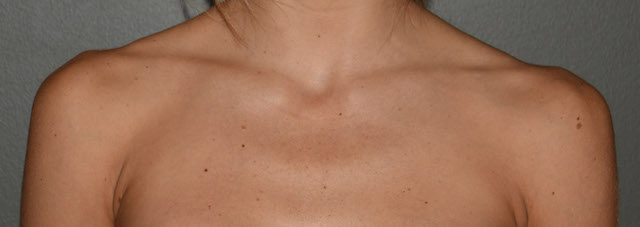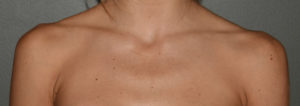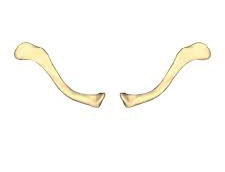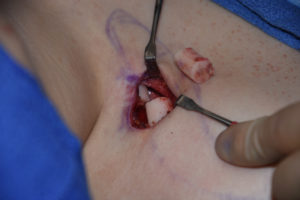Shoulder width reduction, also known as shoulder feminization surgery, is a bone-based surgery not a soft tissue one. There are no methods to reduce the fat or muscle mass of the shoulders, and even if there were, they would not make the shoulders appear more narrow. Effective shoulder width reduction involves reducing the length of the clavicle bone, known as a clavicular reduction osteotomy. (or to be technically correct an ostectomy that involves two osteotomies to do so)
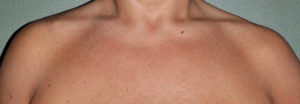
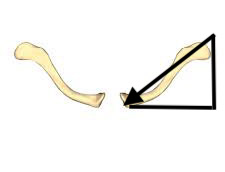
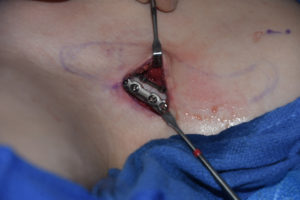
The shape of the clavicle also speaks as how to protect it during the healing process. Holding the elbow forward and in front of the body helps to relieve pressure on the osteotomy site particularly when its length is shortened. Due to the curved shape of the bone this bow position is the same shoulder and elbow position that is used in surgery to bring the cut ends of the bone together during plate and screw fixation.
Dr. Barry Eppley
Indianapolis, Indiana

